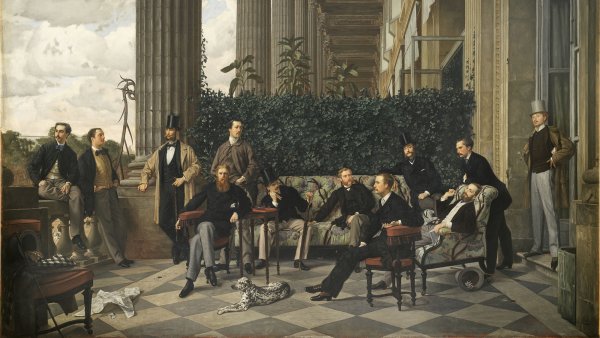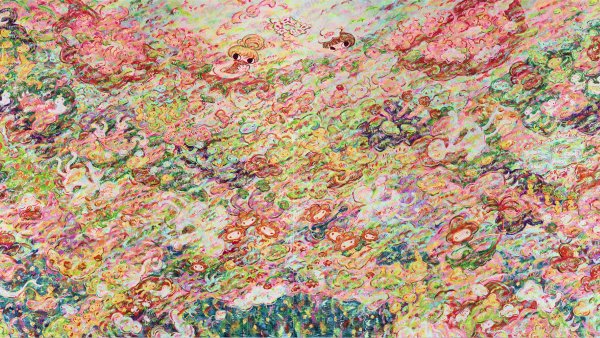Picasso and Klee in the Heinz Berggruen Collection
Works from the Museum Berggruen, Neue Nationalgalerie, Berlin
The Museo Nacional Thyssen Bornemisza is presenting a selection of fifty masterpieces by Pablo Picasso and Paul Klee that belonged to the German dealer and collector Heinz Berggruen and are now part of the holdings of the Museum Berggruen in Berlin.
In 1950 Heinz Berggruen (Berlin, 1914–Paris, 2007) opened a legendary art gallery in Paris that specialised in modern art and was frequented over the next three decades by a prestigious clientele, including his friend Baron Hans Heinrich Thyssen-Bornemisza. From 1980 onwards Berggruen focused exclusively on expanding his own select holdings of twentieth-century works, assembling an outstanding collection that was later acquired by the German government in 2000. The establishment of the Museum Berggruen in the Charlottenburg district, as part of the Neue Nationalgalerie of Berlin, marked the fulfilment of the collector’s wish to not only preserve most of the collection intact for posterity but also be able to share it with the public. In a sense his case is similar to that of Hans Heinrich Thyssen-Bornemisza in Madrid the previous decade.
While the building is closed for renovation, the Museum Berggruen has organised several international exhibitions since 2022 in Japan and China and, more recently, Europe to show different aspects of the collection’s highlights. The discourse of the exhibition at the Museo Thyssen-Bornemisza is a visual and intellectual dialogue between Heinz Berggruen’s two favourite artists: Pablo Picasso and Paul Klee.
It is true that Picasso and Klee could not be more unalike. They belonged to very different worlds and were the antithesis of each other in terms of personality: the first was Southern European, down-to-earth, excessive and sensuous; the second was Nordic, spiritual, introspective and intellectual. Yet there is no doubt that they shared certain repertoires of themes, the same spirit of experimentation, and an analogous strategy of paring down and deforming that led them to distort forms and bodies by means of both geometry and organic mutation, as well as a similar sarcasm in their use of art as a transgressive weapon. The two formulas – opposite but equally revolutionary – that led them to destroy reality through an enormously radical plastic language largely transformed modern viewers’ way of looking at and approaching the world forever.
The exhibition is divided into four sections featuring the themes and genres that interested both artists and showing how their creations are intertwined in thought-provoking and unexpected ways: ‘Portraits and Masks’, ‘Sites’, ‘Things’, and, finally, ‘Harlequins and Nudes’. Each further includes a selection of works from the Thyssen collection, some of which were once owned by Berggruen, making it possible to survey the close relationship established between them.
Curators: Paloma Alarcó, Chief Curator of Modern Painting, Museo Nacional Thyssen-Bornemisza.
Mondays: 12.00 - 16.00
From Tuesday to Sunday: 10.00 - 19.00
24 and 31 December: 10.00 - 15.00
25 December and 1 January: museum closed.
Mondays: free access
From Tuesday to Sunday: included in full-access ticket.



